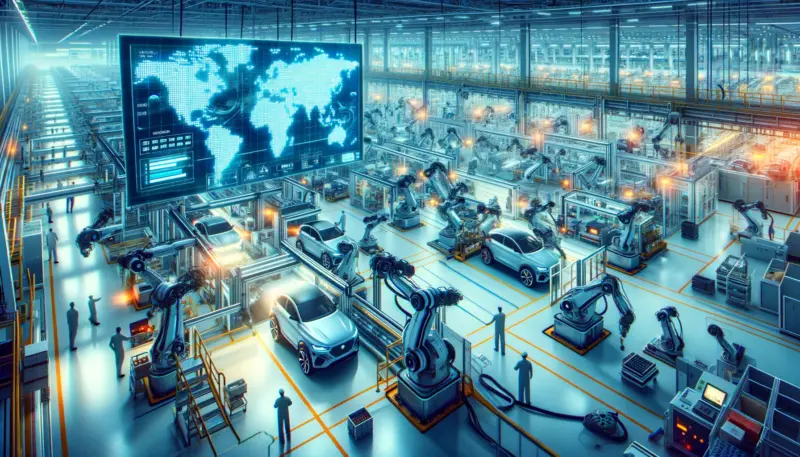AI is at an Investment Tipping Point. These Are the Three Main Trends Shaping AI Solutions Development.
The AI industry is facing both headwinds and tailwinds, and this state of uncertainty is best represented in investment numbers. Recent data published by the Stanford University Institute of Human-Centered Artificial Intelligence shows that while generative AI private investment is skyrocketing, overall global investment in AI solutions dipped for the second year in a row in 2023. Everyone knows AI carries massive productive potential, but the trends surrounding AI solutions development, and therefore the efficacy of these solutions as tools, is keeping the industry’s optimism in flux.
Businesses are eager to see where they can implement AI into their processes to find new efficiencies, whether that’s for an airline’s passenger experience, or the invisible gains of AI-supported edge computing making rugged data capture more reliable. As we stand on the brink of a technological renaissance, AI solutions development is being driven by a trinity of factors: advanced semiconductor chips and their manufacturing, sophisticated algorithms, and expansive data collections. What are some of the ways the successes & challenges in these tangential industries are impacting the viability, further improvement, and successful application of AI for efficiency and productivity gains?
Michael Davies, a green energy economist, data analyst, and the founder of advanced analytics firm Green Econometrics, shares his own research and assessment of the various key trends shaping AI solutions development today. He gives his pulse checks on the role of AI in China’s leap in mobile payments, chip manufacturing trends surrounding Taiwan, and the intricacies of AI’s impact on global economies; he shares his thoughts on the state of AI solutions development, and the business motivations intersecting with this trinity of AI-defining trends.
“So, why AI? Well, for one, productivity. Secondly, efficiency gains. And with that, that sounds the foundation for learning, which enables you to produce at a lower cost and improve and optimize your operations,”
Article written by Daniel Litwin.
Recent Posts

Global emphasis on sustainability is intensifying and both consumers and industries alike are looking toward electric vehicles as a viable alternative to traditional combustion engines. As a result, the electric vehicle (EV) market is now critical. However, the competitiveness of EVs hinges significantly on strategic pricing and effective supply chain management—especially concerning battery production, […]

The electric vehicle (EV) revolution continues to gain momentum, and naturally the spotlight intensifies on the crucial issue of finding EV charging stations and the broader state of EV charging infrastructure. Against the backdrop of increasing EV adoption and growing concerns regarding range anxiety, the urgency to address these challenges is a pressing matter. […]

In the wake of a global push towards sustainable transportation, the United States finds itself at a critical juncture in the electric vehicle (EV) industry. With increasing pressure to compete internationally, the need to educate consumers on the benefits of EV adoption and foster inter-industry and public-private alliances on best manufacturing practices has never […]






